Heat stress in pigs – Why should you care?
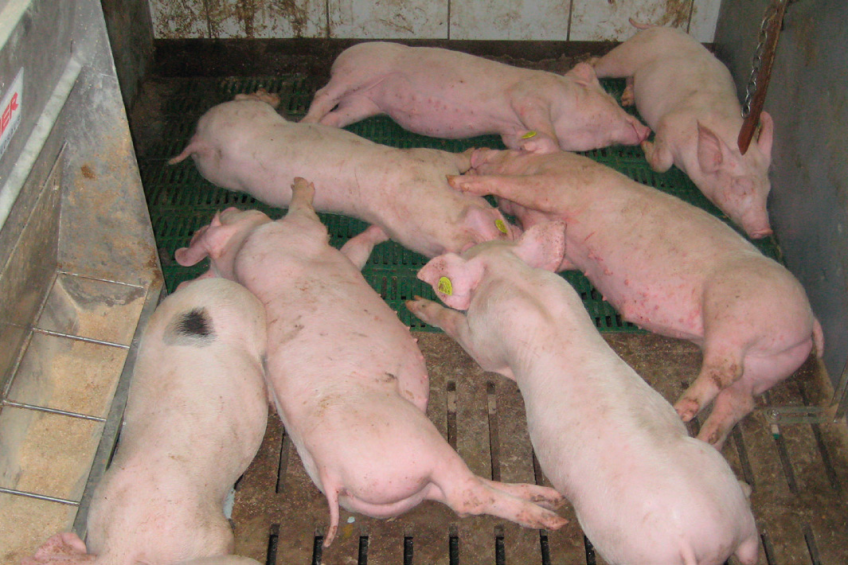
Climate change has become a topic of rising importance. In addition to the negative effects of heat waves on vegetation and plant growth, the direct effects of changing weather on animal health should not be underestimated.
Calculations from the US swine industry of economic losses due to heat stress are estimated to be US$316 million annually. These losses include on the one hand a prolonged weaning-to-oestrus interval in sows and on the other hand economic losses from growing-finishing pigs. Piglets, on the other hand, can compensate for heat stress very well in the first two weeks post-weaning.
Signs of heat stress
Pigs are much more sensitive to phases of hot weather than other livestock animals. This is because they do not sweat and their lungs are relatively small compared to their body size. When pigs are exposed to heat stress, their respiration rate increases and pulse rate falls. They start panting heavily and due to the higher breathing rate, pigs produce more CO2, this results in the blood pH droping. In this way pigs stop eating and because feed intake contributes to further heat production by energy metabolism. Other obvious signs of heat stress in pigs are divisions within the pen as pigs try to get more floor contact to cool down, as well as splashing of water or fighting for drinkers at the start of the heatwave.
Prolonged heat stress can lead to excessive water absorption which impacts changes in electrolytes and the acid-base balance, resulting in possible diarrhoea. In general, it is known that heat stress influences feed intake, body weight, physiology and cellular immune function. Depending on age, the normal body temperature of pigs ranges from 38.7-40.0°C. Heavier pigs are more susceptible to heat stress because their subcutaneous fat counteracts heat loss through conduction and convection. Effects of increasing environmental temperatures on sows (89kg ) in general and on sows while nursing are summarised in Table 1 and 2. Pigs may die from heart failure when environmental temperature rises above 30°C and body temperature increases to 43°C. The fact that bigger pigs are more sensitive to heat stress can be clearly seen in growth performance parameters. Investigations into different weight classes (75, 80 and 28 kg body weight) of pigs showed a direct negative correlation on Average Daily Gain (ADG) with increasing room temperature. While 75 kg pigs start to decrease their ADG at around 23°C, 25 kg pigs can compensate for up to 27°C. This can be easily explained by the reduced feed intake and higher energy metabolism for cooling.
Immune system
Effects of heat stress on animals can be explained by changes in the partition of blood circulation to the periphery. This redistribution of blood promotes a vasoconstriction of the gastrointestinal tract. Furthermore, the reduced blood and nutrient flow leads to hypoxia in the intestinal epithelium and results in impaired intestinal integrity and function. The intestinal barrier is formed by enterocytes, tight junctions, secreted mucus, and immunological factors (e.g. macrophages). If the barrier is impaired through heat stress, this impairment can lead to an increased permeability for endotoxins, which in turn will result in local or systemic damage or inflammatory reactions. A significant increase in serum endotoxin concentrations was shown by research of Pearce and others last year, in pigs assigned to acute heat stress (35°C, 24-43% humidity) for 24 hours. In a cell culture model, it was shown that an increase from 37°C to 41°C led to a reduction in the epithelial resistance after four hours. The epithelial damage increases the susceptibility to secondary infections as pathogens can enter more easily, resulting in endotoxemia. These effects are accompanied by other complex responses in the synthesis of cytokines, tight junction proteins and heat shock proteins, to name a few. See Figure 1 for a summary of single phases in heat stress.
Effects in sows and boars
Changes in feed intake, gut permeability mand inflammatory response may lead to further symptoms which may not be contributed directly by heat stress but should be kept in mind as a differential diagnosis. In boars, lower sperm quality
and reduced sex drive may be observed. For sows, heat stress may lead to general impaired fertility and inhibited ovarian
follicle or embryonic development and therefore, an increase in the number of days between weaning and first mating,
or smaller litter numbers. During gestation, lower milk flow up to a total hypogalactia may occur. Endotoxin circulation also affects milk production because endotoxins decrease prolactin concentrations in postpartum plasma, which in turn have a negative impact on piglet development. Another parameter influenced by heat stress as well as the endotoxin level in plasma, is the stress hormone cortisol. It can be clearly stated that effects of heat stress have both a negative impact on the metabolism as well as direct effects on the performance of pigs.
Temperature as a factor
Besides temperature, the combination of temperature and humidity is of great importance. In a recent experiment from
Iowa State University, last year, an average humidity of 30% in combination with temperatures above 28°C (see Figure 2) negatively influenced the intestinal health integrity and performance (reduced feed intake by 12%).
Unseen effects
Although pigs are considered to adapt well to prolonged moderate heat stress and show fast recovery after the heat stress is over, there are unseen effects which may lead to losses for producers. Where damage of the intestinal barrier is of great concern, secondary infections and inflammatory reactions triggered by an increased uptake of endotoxins may not show obvious symptoms but challenge animals in high production phases. Besides the right temperature and humidity management, it is also of great importance to protect gut health and prevent inflammatory responses in pigs. PP
References are available upon request to the author, at simone.schaumberger@biomin.net.
Join 18,000+ subscribers
Subscribe to our newsletter to stay updated about all the need-to-know content in the pigsector, three times a week. Beheer
Beheer

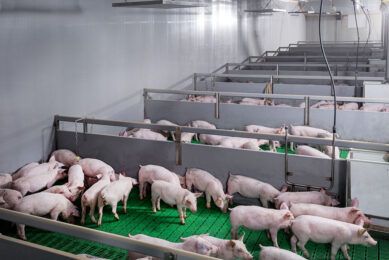
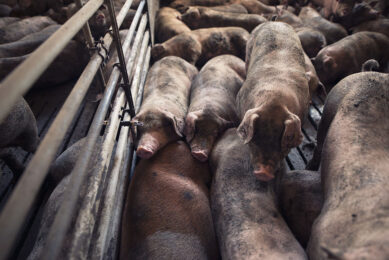
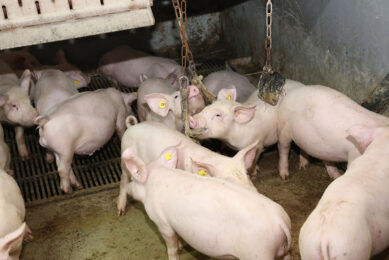
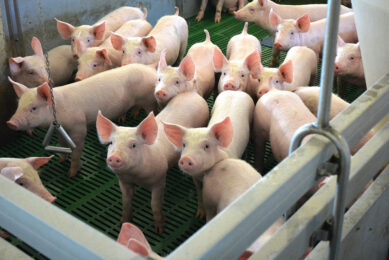





 WP Admin
WP Admin  Bewerk bericht
Bewerk bericht